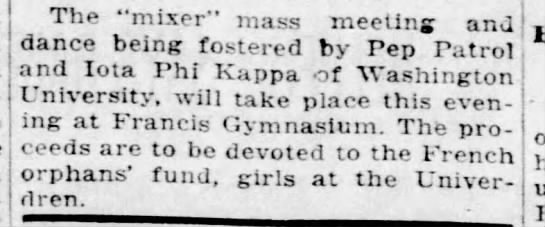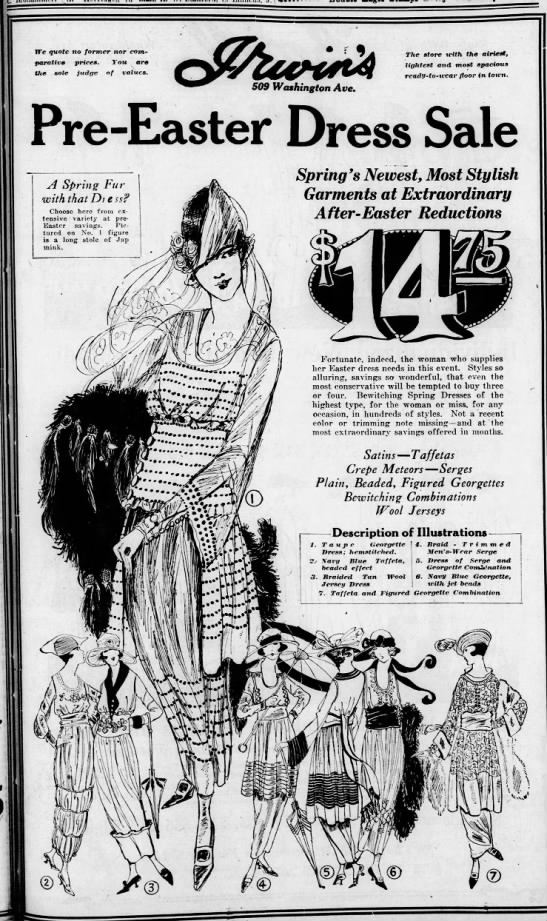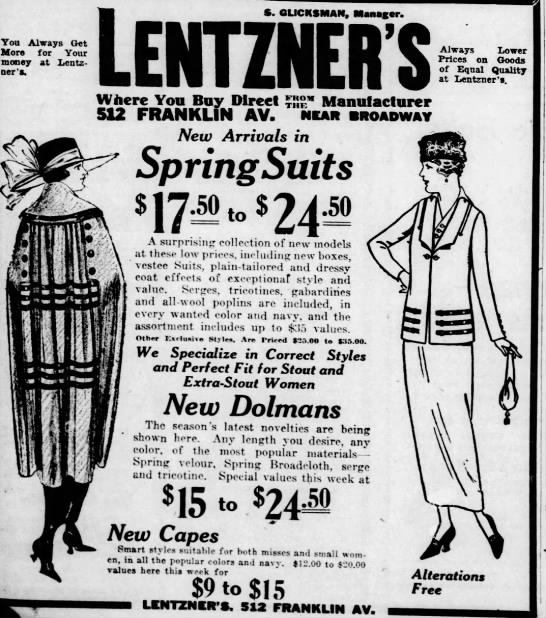I was a few months old when E. B. White's classic children's book Charlotte's Web was published. My First Grade teacher read the book aloud to my class. As a girl, I read it many times, and when our son was born I read it to him as well. And the older I become the more I realize the impact the story had on my life.
Knowing my esteem for the book, my son gifted me Michael's Sims book Charlotte's Web: E. B. White's Eccentric Life in Nature and the Birth of an American Classic for Christmas. It was a lovely read, entertaining and enlightening.
White had a love of nature and animals. As a child, his family spent their summers in Maine, and in spite of his allergies, it was the highlight of the year. As an adult, he and his wife Katherine purchased a farm in Maine--with a view of Mount Cadalliac on Mt. Desert Isle across the water. My husband and I spent many summers camping at Acadia National Park! It is a beautiful area.
White admired the popular columnist Don Marquis who created the characters Archy--a cockroach--and Mehitible--a cat. White liked how Marquis kept his animal characters true to their nature while using them for social satire. Archy inspired the character of Charlotte.
 |
| Archy |
White's first children's book was the best-selling Stuart Little, illustrated by Garth Williams who was just beginning his career. Williams was established by the time he contributed his art to Charlotte's Web. He created beloved illustrations for Little Golden Books and authors like Margaret Wise Brown and Laura Ingalls Wilder.
I enjoyed the details about White's writing process. He worked on the novel over a long period, carefully considering every aspect, even setting it aside for a year. He researched spiders in detail. He sketched his farm as a model. He thought carefully about what words Charlotte would spin into her web. White hated rats, and kept Templeton's nature intact without a personality change. Fern was a later addition.
Sims reproduces the text from the manuscripts with White's editing. I am always fascinated by seeing an author's edits and the development of a story.
White's name was also well known to me as it appears on The Elements of Style, which started as a pamphlet written by White's professor Strunk!
White's wife Katherine wrote a column on gardening, Onward and Upward in the Garden, which was published in a book form after her death--and which I had read upon its publication!
See Garth Williams original drawings here.



















